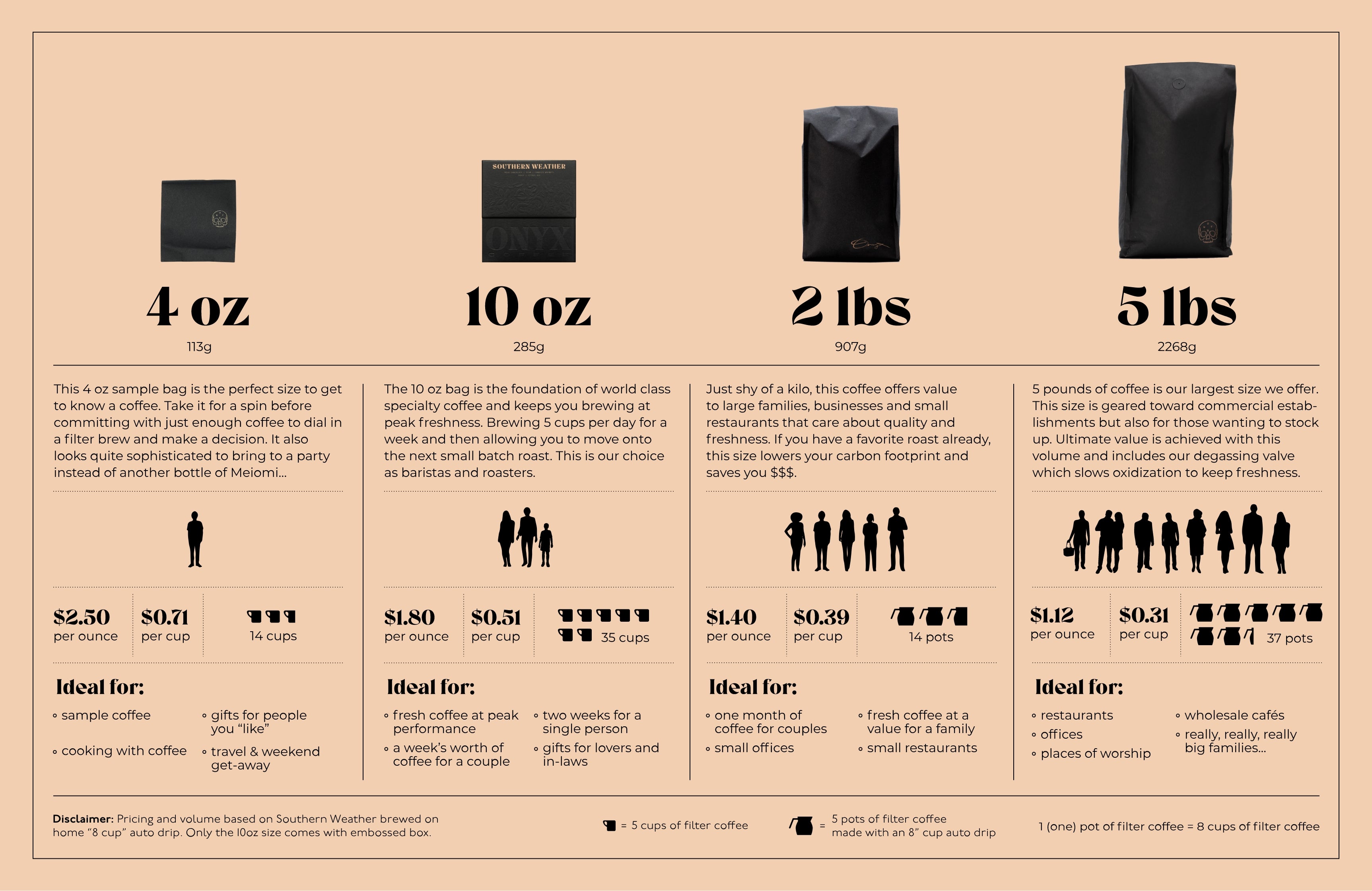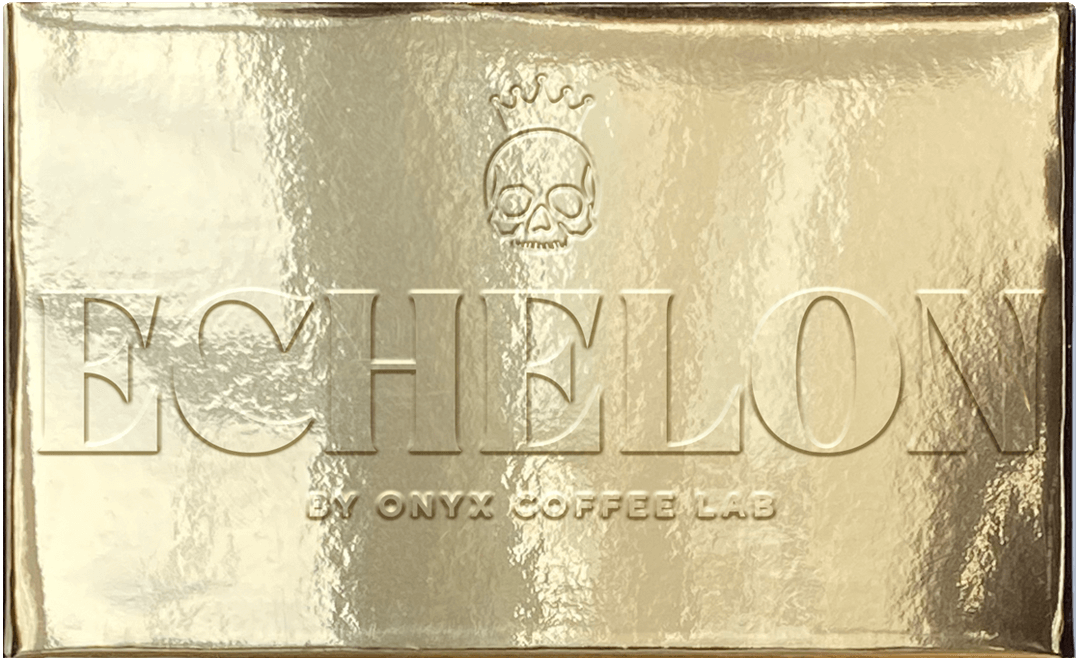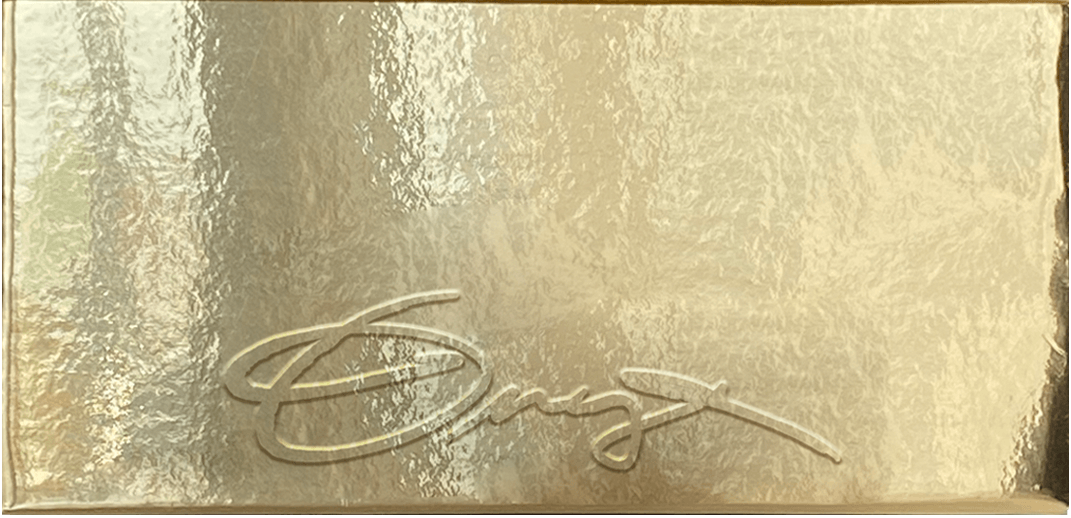Story
Three years ago, we ventured into building a sourcing program in Honduras. For us, there was only one person we would trust to build a completely fresh program in a relatively unknown region: Benjamin Paz. A figure who looms large in specialty coffee and in the community, Benjamin runs the specialty program for San Vicente, as well as operating four full production farms planted with exotic varieties. Within the community, Benjamin facilitates relationships with producers across Santa Barbara with roasters across the globe. We currently work with eleven producers in the area, with some of our highest quality washed lots coming from Santa Barbara. Within Benjamin’s four farms, La Salsa is the highest quality farm. When it came time for the Cup of Excellence selection, submitting this washed Gesha was an easy choice for Ben. With a initial pre-fermentation in cherry for 48 hours, then depulp and back into barrels for 48 hours, with a 24 hour soak and washed after the barrel. The resultant cup profile is incredibly unique, with a depth of sweetness from the limited oxygen exposure fermentation, followed by the delicate florals from the Gesha variety. As close friends of Benjamin, we were ecstatic for him to take first place, and were committed to purchasing this lot.
CUP OF EXCELLENCE
Since 1999, the COE program has sought to connect developing coffee producers from around the world to roasters willing to pay a premium on their coffee. In each country that the Cup of Excellence takes place, thousands of coffees are vetted and put through one of the most rigorous quality panels a coffee can undergo. After dozens of industry-standard cuppers evaluate the coffee, a rank begins to form as scores are input and averaged out. This process yields a clear winning coffee, as well as a top-ten rank that will be auctioned off to roasters around the world. This auction process promotes higher premiums paid to farmers while operating on a transparency based infrastructure. These premiums paid to farmers motivate them to reinvest in the harvest, while also placing a precedent that they can be rewarded and recognized for a harvest of exemplary quality.
WASHED PROCESSED COFFEES
The washed process begins with coffee cherries delivered to the washing station, both from the primary market or from farmers bringing their coffee directly to the mill. The cherries are inspected, and an initial quick round of hand-sorting separates the defective coffees before placing them into the hopper. They are then funneled to the depulper, which removes the fruit from the seeds (beans). After that phase is done, the coffee is fermented underwater for approximately 12-36 hours. During this fermentation, a microbial de-mucilagation takes place, which allows the outer fruit and pectin layer to break down, making the coffee easier to dry. This phase also crucially alters the organic acids within the coffee, as sugars and organic acids are transformed, with the best washed coffees maintaining their complex fruit esters. Once the fermentation is complete, the parchment is emptied into the washing channels, where it is agitated with rakes to remove the last of the fruit layer. During this step, the water is refreshed to ensure it’s capability of separating the fruit layer from the seed. Once the washing is complete, the coffee is taken to the raised drying tables for sun drying.



